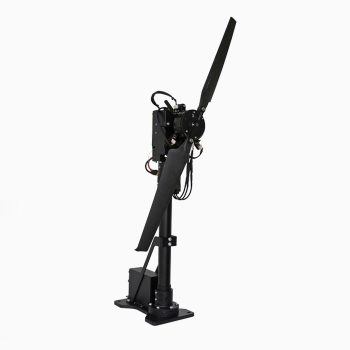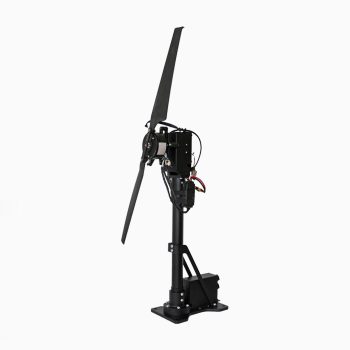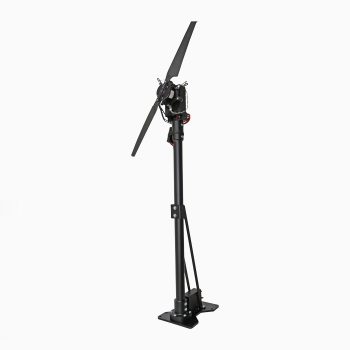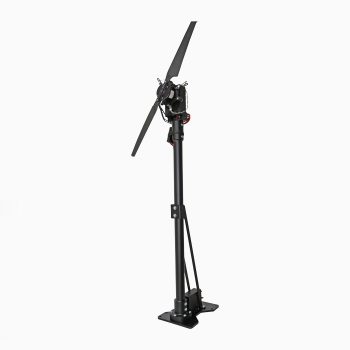1. Lower Risk of Failure: Brushless motors have fewer mechanical parts compared to traditional motors with brushes and commutators, which reduces the risk of mechanical failure. Brushes and commutators are known to wear out over time, leading to increased friction, heat, and potential failure. Brushless motors, on the other hand, do not have these components, eliminating the risk of failure due to brush or commutator wear. This results in increased reliability and reduced risk of unexpected motor failures, contributing to improved safety in aviation operations.
2. Increased Durability: Brushless motors are designed to be more durable compared to traditional motors with brushes and commutators. The absence of brushes and commutators reduces mechanical friction and wear, resulting in longer lifespan and improved durability. Brushless motors can withstand harsh environmental conditions, such as temperature variations, vibrations, and moisture, commonly experienced in aviation operations, without compromising their performance. Increased durability of brushless motors translates to reduced motor failures, extended maintenance intervals, and improved safety in aviation applications.
3. Improved Thermal Management: Brushless motors are known for their efficient thermal management capabilities. The absence of brushes and commutators reduces heat generation and eliminates the risk of brush sparking, which can cause fires in fuel-rich environments. Additionally, brushless motors typically have better heat dissipation features, such as integrated cooling systems or heat sinks, to effectively manage motor temperature during operation. Improved thermal management helps prevent motor overheating, reduces the risk of thermal-related failures, and enhances overall safety in aviation operations.
4. Easier Maintenance: Brushless motors generally require less maintenance compared to traditional motors with brushes and commutators. The absence of brushes eliminates the need for regular brush replacements, reducing downtime for maintenance and improving operational availability. Brushless motors also have fewer moving parts, reducing the complexity of maintenance procedures. Additionally, brushless motors are typically designed with self-monitoring capabilities, such as built-in sensors and diagnostics, that enable proactive maintenance and early detection of potential issues. Easier maintenance of brushless motors results in improved operational efficiency, reduced maintenance costs, and enhanced safety in aviation applications.
Brushless motors improve safety in the aviation industry through lower risk of failure, increased durability, improved thermal management, and easier maintenance. These factors contribute to enhanced reliability, reduced motor failures, extended lifespan, and improved operational efficiency in aviation operations, ultimately enhancing overall safety.





